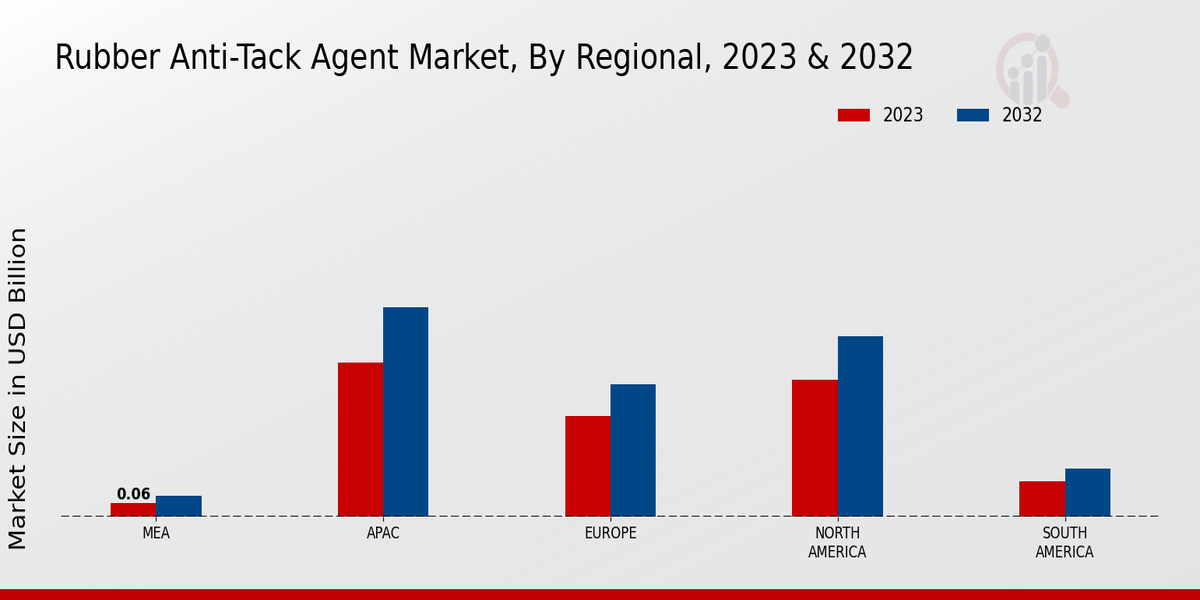The Rubber Anti Tack Agent Market is characterized by a dynamic and competitive landscape, marked by various players striving for market share through innovation and strategic initiatives. Anti-tack agents are crucial in rubber processing, as they allow for easier handling and improved productivity by preventing stickiness during manufacturing, particularly in the production of rubber products such as tires and seals. The market's competitive insights reveal a focus on technological advancements, product differentiation, and customer-centric solutions that cater to the growing demand in the automotive, construction, and consumer goods industries.
As the market evolves, various companies are leveraging their unique strengths to navigate challenges such as fluctuating raw material costs and regulatory pressures while striving for sustainability and eco-friendliness in their product lines.Excelitas Technologies Corp. stands out in the Rubber Anti Tack Agent Market due to its commitment to quality and innovation. The company has built a strong reputation for providing high-performance anti-tack solutions that meet the stringent requirements of various rubber applications. Excelitas Technologies has a well-established distribution network, allowing it to serve a clientele effectively, thus enhancing its market presence.
The company's focus on research and development ensures that it continuously introduces advanced formulations, optimizing performance while attending to environmental concerns. Its strong technical expertise and customer support further solidify its competitive position, making Excelitas Technologies a notable player in the rubber anti-tack sector.Hawkins, Inc. plays a significant role in the Rubber Anti Tack Agent Market through its diverse portfolio of specialty chemicals. The company's ability to manufacture and supply tailored anti-tack solutions positions it favorably among industry competitors. Hawkins, Inc. emphasizes customer collaboration, adapting its products to meet specific application needs and performance criteria.
This flexibility, combined with their strategic partnerships and extensive knowledge of the rubber industry, enhances their competitive edge. The company's focus on sustainability and eco-friendly products aligns with current market trends, appealing to environmentally conscious customers seeking to minimize their ecological footprint while maintaining product efficacy. As a result, Hawkins, Inc. demonstrates a robust presence in the rubber anti-tack segment, driven by innovation and customer-centric practices.














